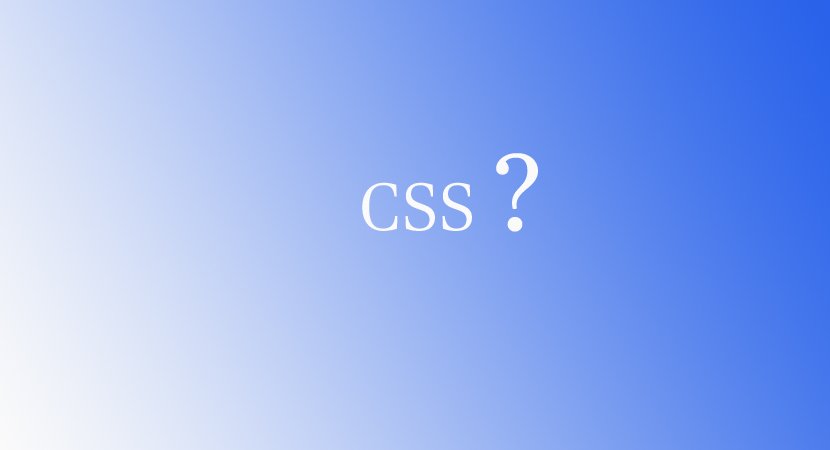CSS stands for Cascading Style Sheets and was introduced in late 1996. The style sheet is a collection of formatting styles that can be applied to a web page. The designer can specify the design of a web page in a style sheet and then use it on the web page. The same CSS file we can sue for multiple website pages. It provides the facility of creating websites with consistent designs and outlook.
Cascading Style Sheets (CSS)
Cascading Style Sheets are used to modify the properties of existing HTML tags. All web browsers are based on a built-in style sheet. For example, when the browser sees the <p> tag, it knows to skip a line and start a new section. This information is stored in the built-in style sheet. When a new style sheet defines, the built-in style sheet is overridden. So, the browser starts following the instructions of the new style sheet instead of the built-in style sheet.
Style sheets provide increased flexibility and the capability to add several attributes that are not available with normal HTML. Style sheets are used to define styles for the web pages in many ways. Styles can be specified as follows:
- Inside an individual HTML element.
- Inside the <head> element of an HTML page.
- In an external CSS file
visit the CSS tutorial list. And make strong your CSS concept. Click here. wuschools.com is always written about the CSS concept for the CSS lover. Ang writes about how CSS makes your life easy if you are a web site developer. We help you to continue your learning.





Pingback: CSS Comment - wuschools
Pingback: Checkbox CSS - wuschools